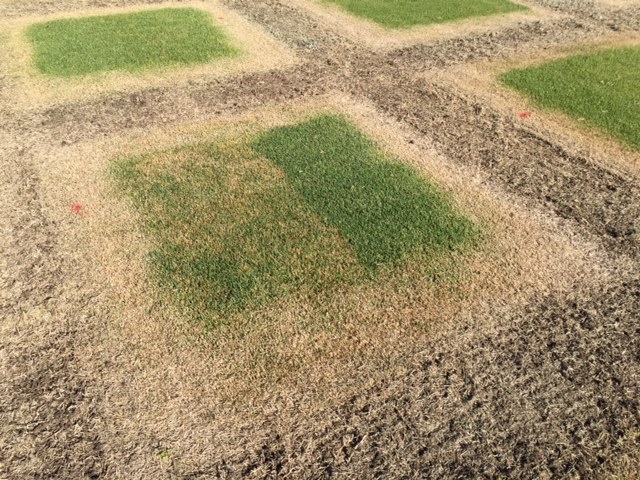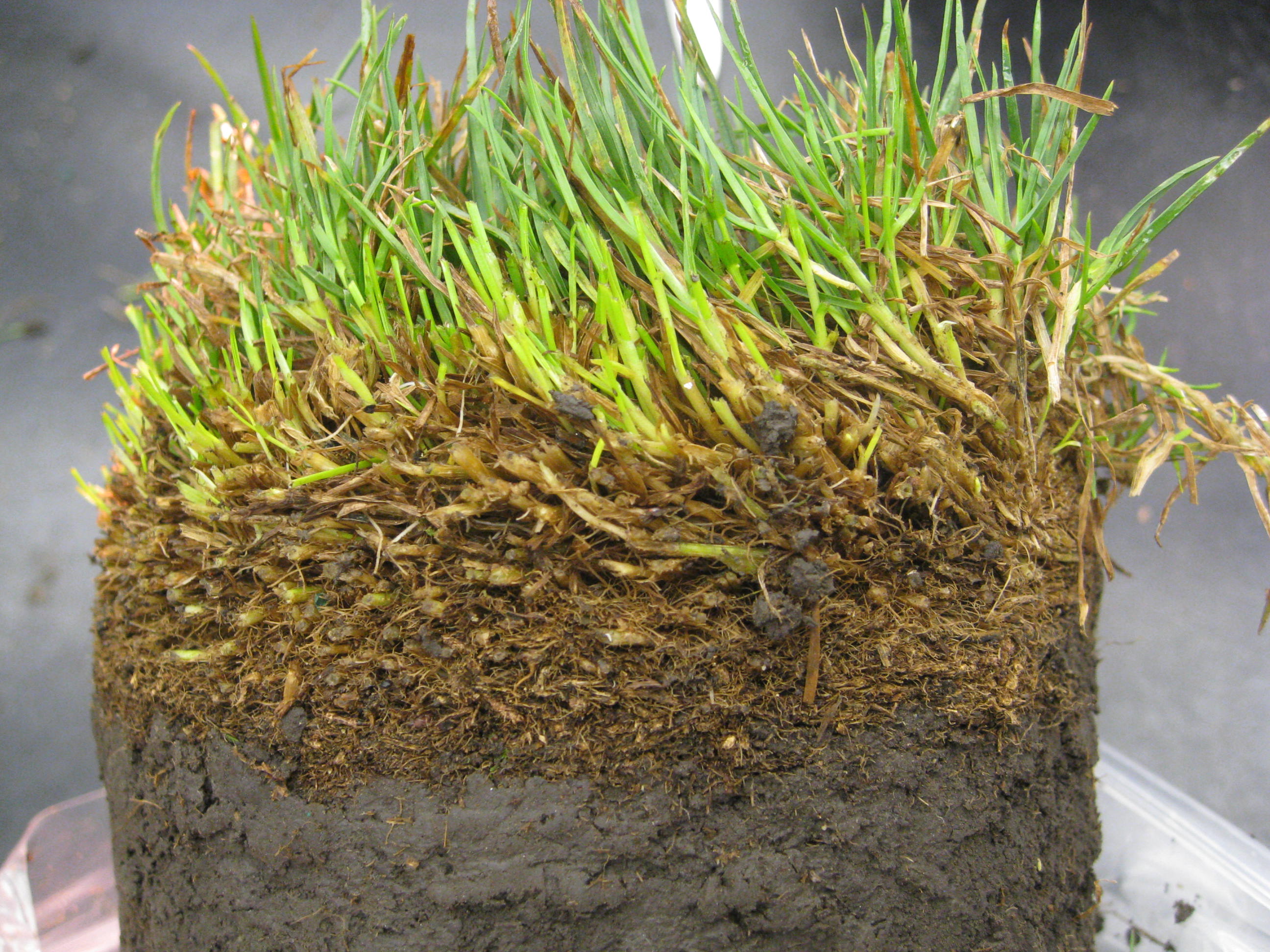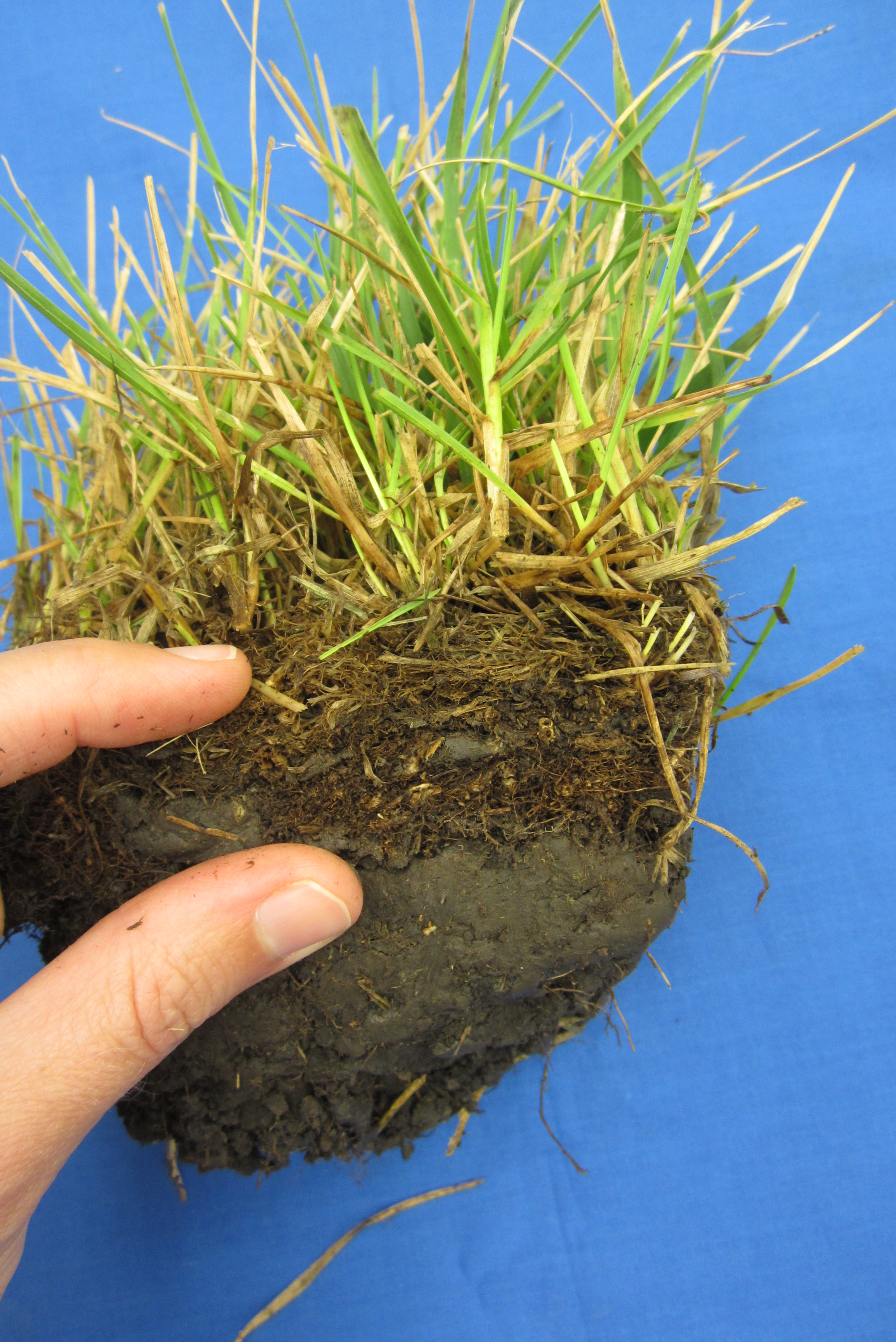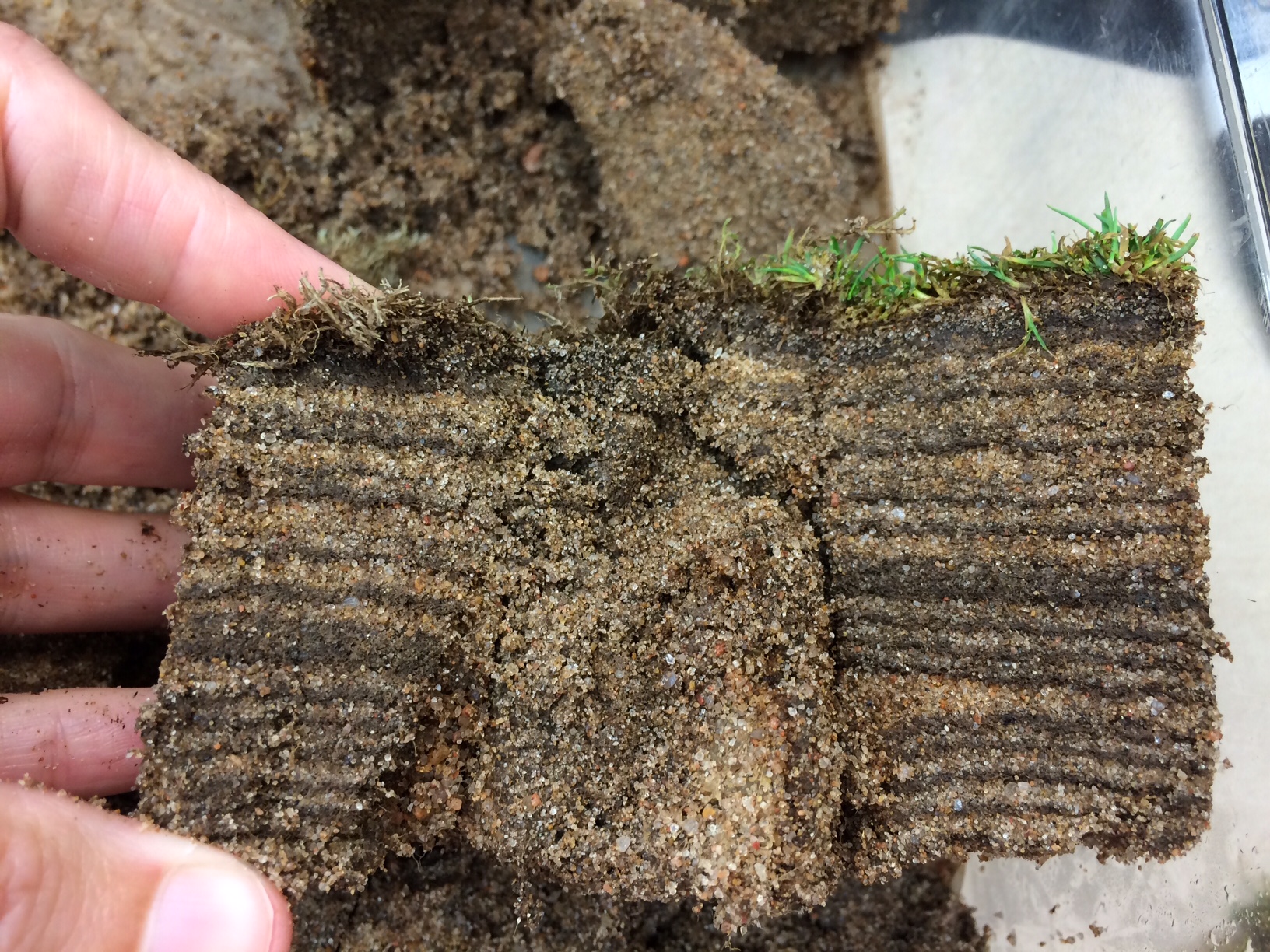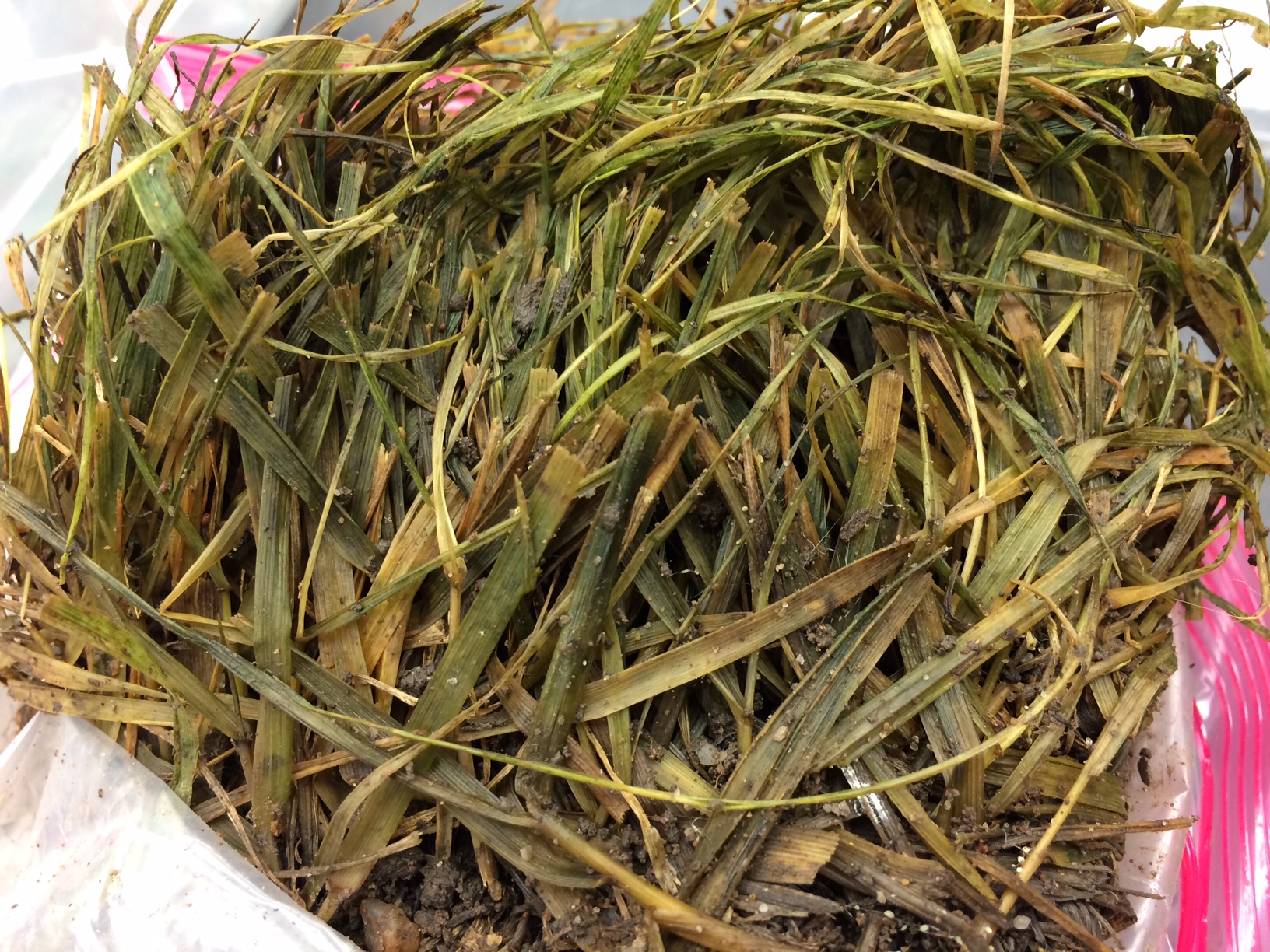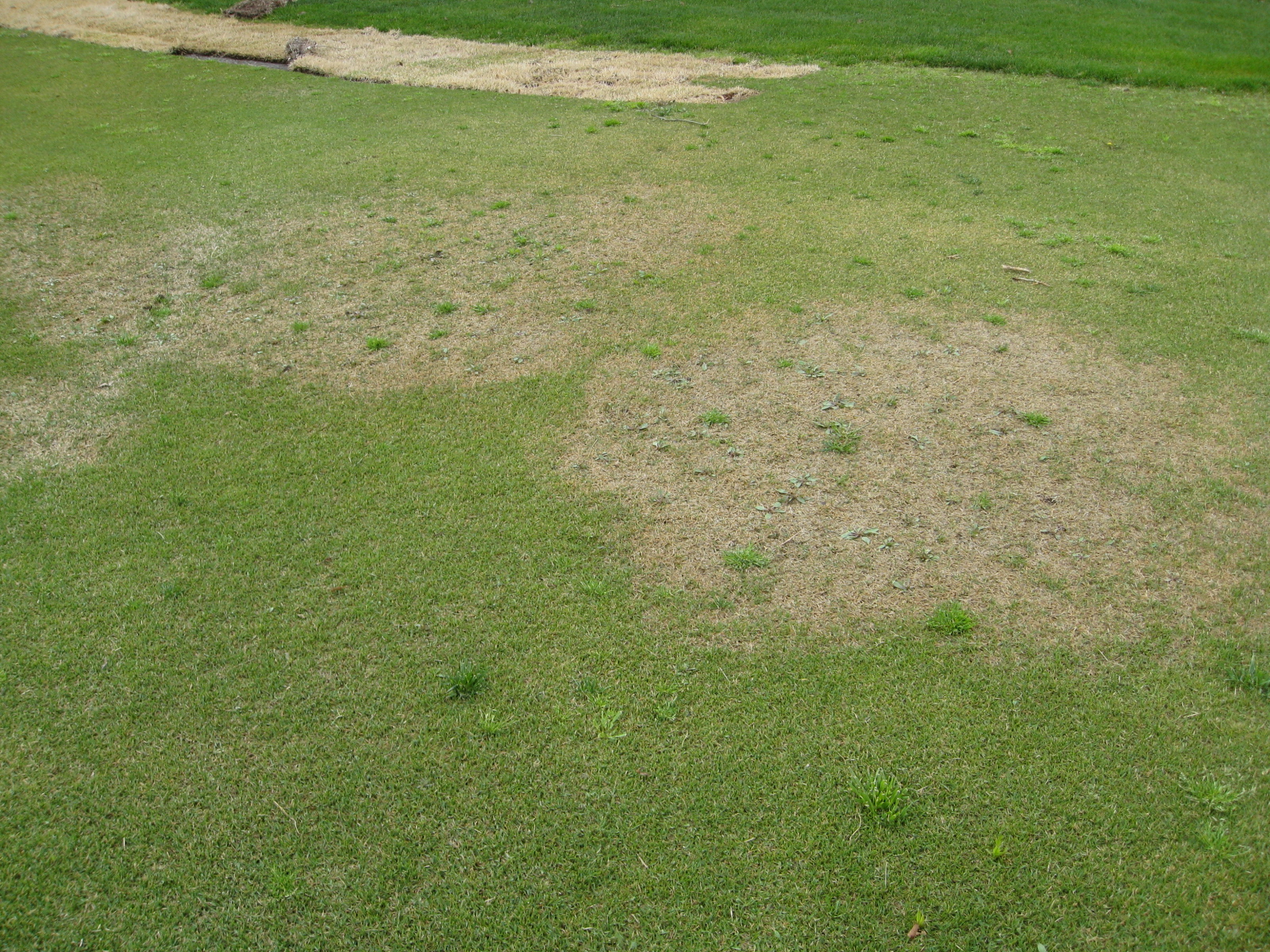K-State’s turfgrass research group is starting a high profile project in cooperation with the USGA and the Toro Co, and we need your help!
The goal of the project is to improve the use of soil moisture sensors to control irrigation while minimizing water applications and maintaining good quality turf. This will require 3 years of intensive study of the science of using these sensors.
However, before we can do that, we need to install an in-ground irrigation system. That is where we need your help! We are organizing work days at the Rocky Ford Turfgrass Research Center on Friday, March 23 and Saturday, March 24. All the irrigation supplies are in-hand and we are working on getting a trencher. Bayer has indicated they will sponsor lunch on Friday and we are working on getting sponsors for lunch on Saturday.
This irrigation system will be used for years to come, well beyond the 3-year study, and all turfgrass managers will benefit from the research. Therefore, we would be most grateful for any time you could contribute, whether it is for 1 or both days.
Please email Christy Dipman at cdipman@ksu.edu to let her know what day(s) you will be available to assist with the installation.


